On the anniversary of its release, we honor the legacy and influence of “Psycho”, the highest-grossing film of Hitchcock’s illustrious career.
You don’t even have to be familiar with Alfred Hitchcock’s Psycho. Two things immediately come to mind whenever the film is mentioned: the famous shower scene and Norman Bates. Both the scene and character are iconic, giving this film a significant place in not only horror history but film history in general. It’s also interesting to note that Janet Leigh plays the main character. Leigh was the mother of Jamie Lee Curtis who played one of the first final girls, Laurie Strode, in John Carpenter’s slasher classic Halloween (1978).
Psycho was based on a 1959 novel of the same name by Robert Bloch. The film follows secretary Phoenix Marion Crane (Janet Leigh). Marion is in a relationship with Sam Loomis (John Gavin). The two want to get married. However, Sam is very much in debt. Marion’s boss trusts her to make a $40,000 deposit. Temptation wins out. Marion takes off with the money.
While on her way to see Sam in California, she stops off at the Bates Motel. She meets mild-mannered proprietor Norman Bates (Anthony Perkins). But Bates has a very domineering mother who disapproves of the beautiful guest who catches Norman’s eye, and poor Marion meets a gruesome fate early in the film. It looks like Mama Bates is a stone-cold killer. Or is she?
Sam, along with Marion’s sister, Lila (Vera Miles), goes in search of Marion. The pair, along with a private detective Arbogast (Martin Balsam) hired by Marion’s boss, all find themselves at the now-infamous motel.
With a talented cast, immaculate direction, and a story that twists and turns, Psycho is a masterpiece of psychological horror.
The entire movie is seamlessly crafted to keep the viewer guessing, leading up to an unforgettable surprise twist.
Going back to watch it, I try to put the ending out of my mind. Norman Bates comes off as timid and lacking in social experience but possesses a simple charm. Then, we see him spying on Marion in the shower and wonder if he is really disturbed, or is this behavior the product of social isolation?
The scenes where Norman talks to his mother are enough to convince the viewer that maybe Norman is disturbed because of his manipulative mother.
As the film goes on, Norman and his mother’s history is slowly revealed, and the truth of what’s really happening is more shocking and sordid than we could have imagined.
Surprisingly, when Psycho was released in September 1960, it opened to mixed reviews.
Some negative reviews quoted on Wikipedia include: “a blot on an honorable career”, “plainly a gimmick movie”, and “merely one of those television shows padded out to two hours.”
New York Times critic Bosley Crowther panned Psycho.
“There is not an abundance of subtlety or the lately familiar Hitchcock bent toward significant and colorful scenery in this obviously low-budget job.”
Given that Psycho is now widely considered one of the greatest and most influential horror films of all time, reviews like that seem hard to comprehend. But there were plenty of early champions of the film as well.
The New York Daily News, New York Daily Mirror, and Village Voice gave positive reviews including: “Anthony Perkins’ performance is the best of his career … Janet Leigh has never been better,” and “played out beautifully.”
The New York Herald Tribune wrote, “rather difficult to be amused at the forms insanity may take … keeps your attention like a snake-charmer.”
Roger Ebert wrote a glowing review that really captured the essence of the film’s lasting appeal and influence:
“What makes “Psycho” immortal, when so many films are already half-forgotten as we leave the theater, is that it connects directly with our fears: Our fears that we might impulsively commit a crime, our fears of the police, our fears of becoming the victim of a madman, and of course our fears of disappointing our mothers.”
The story touches on basic but universal themes which resonate with many of us.
It poses the age-old question: If you were in desperate need of money and someone trusts you with a large sum, what would you do?
It could be seen as a 20th-century version of a fable where the “bad girl” gets punished. Marion Crane’s story is a perfectly constructed cautionary tale. She steals a large sum of money to run off with her boyfriend, crosses paths with a psycho killer, gets killed and dumped in a swamp. Later slasher films would play on the same theme. The “bad” kids get killed while the “good” girl survives.
Psycho also presents horror lurking beneath normal everyday life — the psycho killer can be charming and polite.
The very thought is more disturbing than the masked killer who confronts victims face to face with a machete or chainsaw.
What especially marks Psycho as a truly great film is how influential it was to horror filmmakers.
Echoes of Hitchcock’s masterpiece thriller can be seen in John Carpenter’s Halloween.
Not only was Janet Leigh’s daughter cast in the lead role but another main character was psycho slasher Michael Myers’ psychiatrist Dr. Sam Loomis (Donald Pleasance). Janet Leigh herself makes a cameo appearance in Halloween H20: 20 Years Later (1998).
Hitchcock made the film on a low budget of $806,246.
Apparently, Paramount Pictures set the budget low because they thought the film was distasteful. The company also assumed Psycho was going to be a box-office flop and signed over a good portion of the profits to Hitchcock. Psycho turned out to be Hitchcock’s highest-grossing movie.
As luck would have it, that low budget ended up contributing greatly to the film’s well-known score.
Hitchcock originally wanted a jazz score but went with a string orchestra to cut costs. The shower scene was originally supposed to be silent. Composer Bernard Hermann wrote the now-famous tune anyway. When Hitchcock heard it, he reportedly couldn’t resist using it. The music was basically a group of violinists playing the same note repeatedly.
Hitchcock is quoted as saying that “33 percent of the effect of Psycho was due to the music.”
Hitchcock also went to great lengths to keep Psycho‘s plot twist and ending secret. He purchased the rights to Bloch’s novel anonymously. He then started buying up all of the copies of the book he could find to keep potential viewers from reading it.
He took protecting Psycho’s plot further by announcing to the press that he was considering actresses Helen Hayes and Judith Anderson to play the part of Mrs. Bates. During filming, he even kept a chair marked ‘Mrs. Bates’ on set.
Alfred Hitchcock’s Psycho has made its mark on horror history. While many critics panned it, it’s a cautionary tale that still resonates with audiences — and continues to greatly influence modern genre filmmaking to this day.
Fright Fun Facts About Psycho:
1. Marion Crane was named Mary Crane in the novel. The doomed secretary’s name was changed after the studio’s legal department found out that there were two real Mary Cranes living in Phoenix, Arizona at the time.
2. Marion Crane’s bra color was symbolic. Before stealing the money, she wears a white bra and after a black one. Hitchcock did the same thing with Marion’s purse.
3. In the scene where Norman decides to peep in on Marion in the shower, he moves aside a painting on the wall. The painting is Susannah and the Elders, which depicts a woman bathing unaware that she’s being watched.
4. A subtle clue in the film’s dialogue is when Norman insists that his mother “… is harmless, as harmless as these stuffed birds.”
5. The famous shower scene took one week to film and needed 78 shot set-ups and took seven days to film. The set was constructed with removable walls so that the camera could get a close-up from every angle. Only one camera was used.
6. The blood in the shower scene was actually Bosco chocolate syrup. Hitchcock thought it looked best on film. The stabbing sounds heard were made from a knife stabbing a casaba melon.
7. Anthony Perkins was paid a grand total of $40,000 for his portrayal of the iconic psycho Norman Bates. Oddly enough, that’s the same amount stolen by Marion Crane.
8. Hitchcock reportedly was interested in making a low-budget movie because he was tired of big-budget movies cast with famous actors. He also wanted to experiment with a different type of filmmaking.



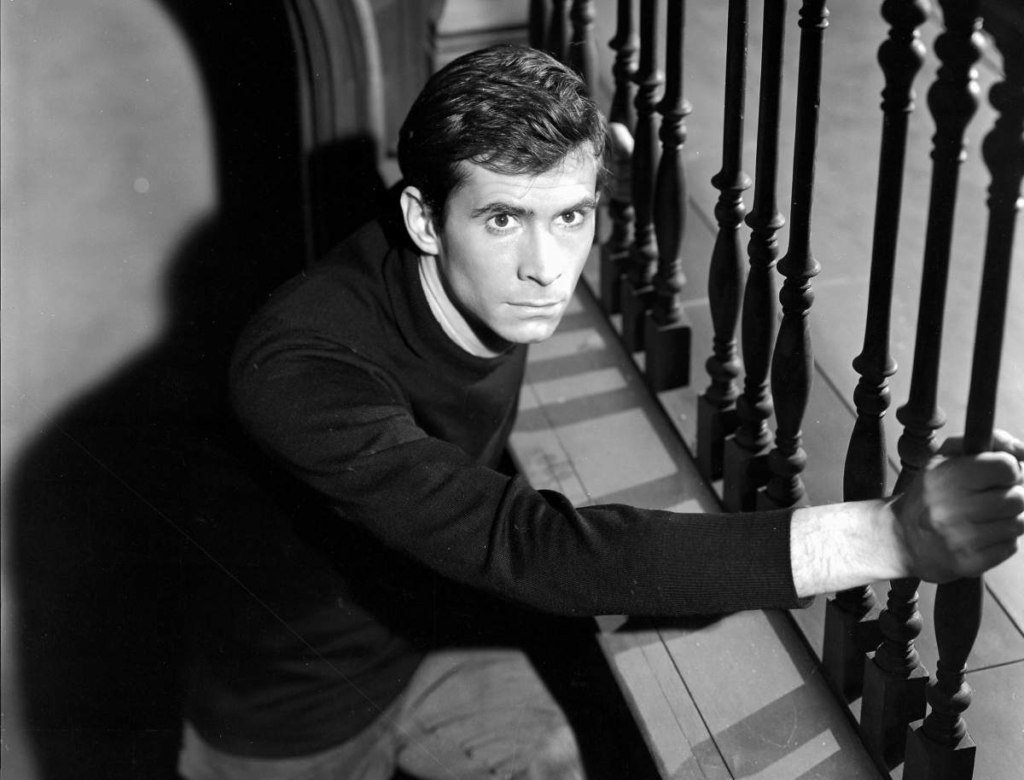
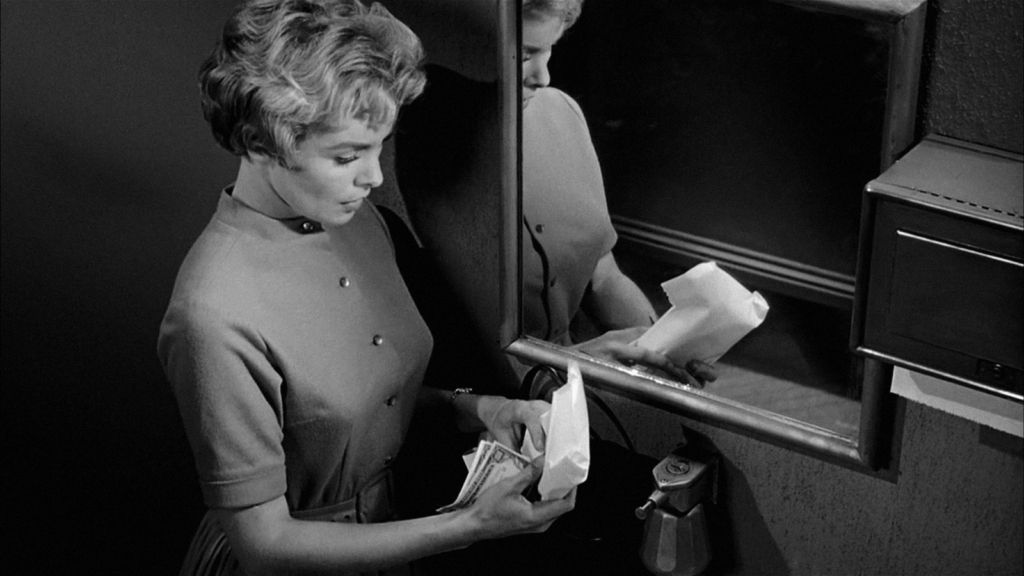

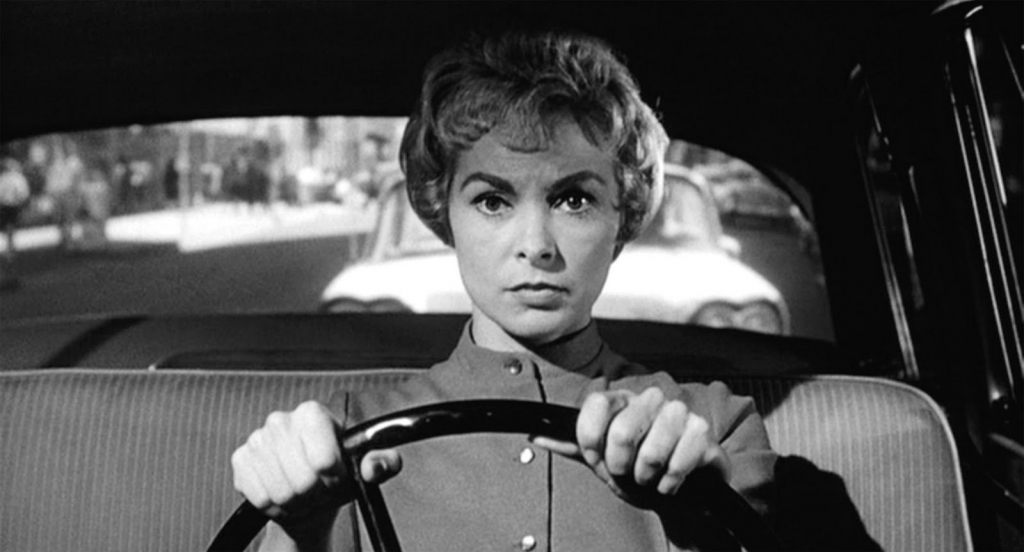
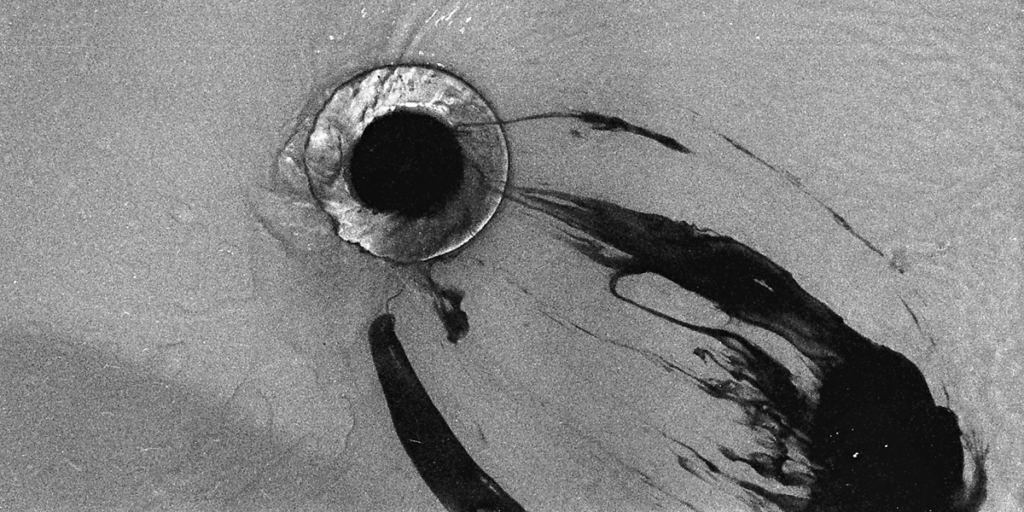
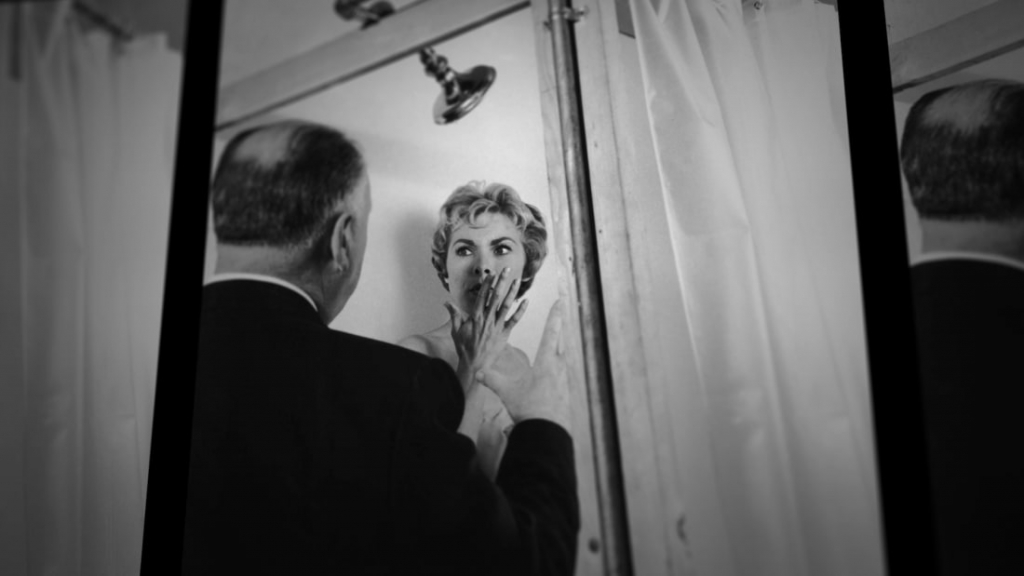
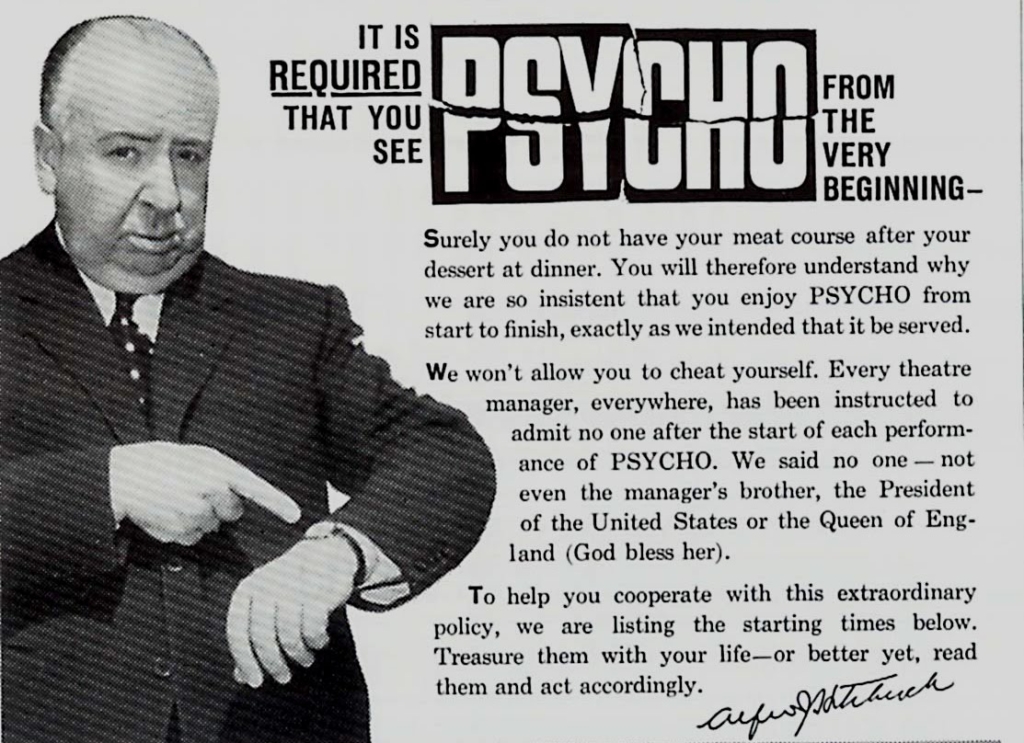
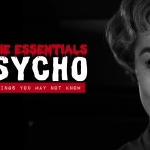
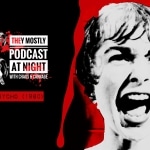
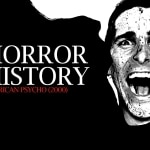
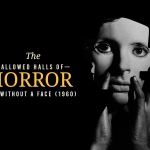
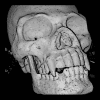

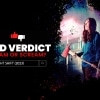




Follow Us!